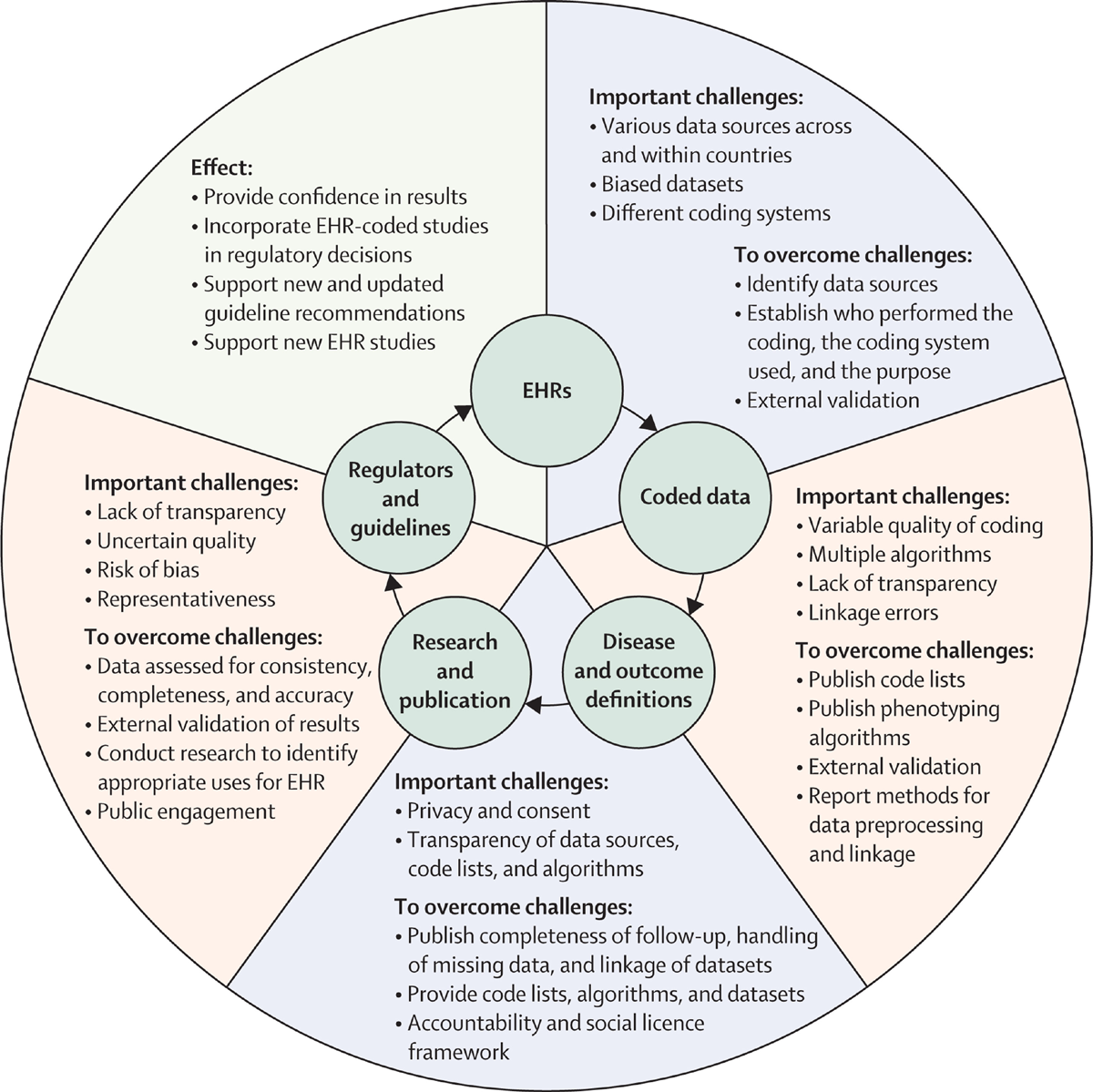What Does Best Practice Care for Musculoskeletal Pain Look Like? Eleven Consistent Recommendations From High-quality Clinical Practice Guidelines: Systematic Review
SOURCE: British J Sports Medicine 2020 (Jan); 54 (2): 79–86
Ivan Lin, Louise Wiles, Rob Waller, Roger Goucke, Yusuf Nagree, Michael Gibberd, Leon Straker, et. al.
WA Centre for Rural Health,
University of Western Australia,
Geraldton, Western Australia, Australia.

FROM: Lancet Digit Health 2022
Objectives: To identify common recommendations for high-quality care for the most common musculoskeletal (MSK) pain sites encountered by clinicians in emergency and primary care (spinal (lumbar, thoracic and cervical), hip/knee (including osteoarthritis [OA] and shoulder) from contemporary, high-quality clinical practice guidelines (CPGs).
Design: Systematic review, critical appraisal and narrative synthesis of MSK pain CPG recommendations.
Eligibility criteria: Included MSK pain CPGs were written in English, rated as high quality, published from 2011, focused on adults and described development processes. Excluded CPGs were for: traumatic MSK pain, single modalities (eg, surgery), traditional healing/medicine, specific disease processes (eg, inflammatory arthropathies) or those that required payment.
There are more articles like this @ our:
Data sources: Four scientific databases (MEDLINE, Embase, CINAHL and Physiotherapy Evidence Database) and four guideline repositories.
Results: 6,232 records were identified, 44 CPGs were appraised and 11 were rated as high quality (low back pain: 4, OA: 4, neck: 2 and shoulder: 1). We identified 11 recommendations for MSK pain care: ensure care is patient centred, screen for red flag conditions, assess psychosocial factors, use imaging selectively, undertake a physical examination, monitor patient progress, provide education/information, address physical activity/exercise, use manual therapy only as an adjunct to other treatments, offer high-quality non-surgical care prior to surgery and try to keep patients at work.
Conclusion: These 11 recommendations guide healthcare consumers, clinicians, researchers and policy makers to manage MSK pain. This should improve the quality of care of MSK pain.
Keywords: education; effectiveness; evidence based; knowledge translation; review.
From the FULL TEXT Article:
Background
 |
Musculoskeletal pain (MSK) conditions are the biggest cause of disability internationally [1] and a major societal burden. One contributor to this burden, which is becoming increasingly recognised, is poor quality healthcare. [2] Common healthcare problems for MSK pain are summarised in Box 1 and include overuse of radiological imaging, surgery and opioids and a failure to provide patients with education and advice.
Evidence-to-practice gaps such as these are problematic because they waste healthcare resources and prevent patients from receiving appropriate care.


Leave A Comment